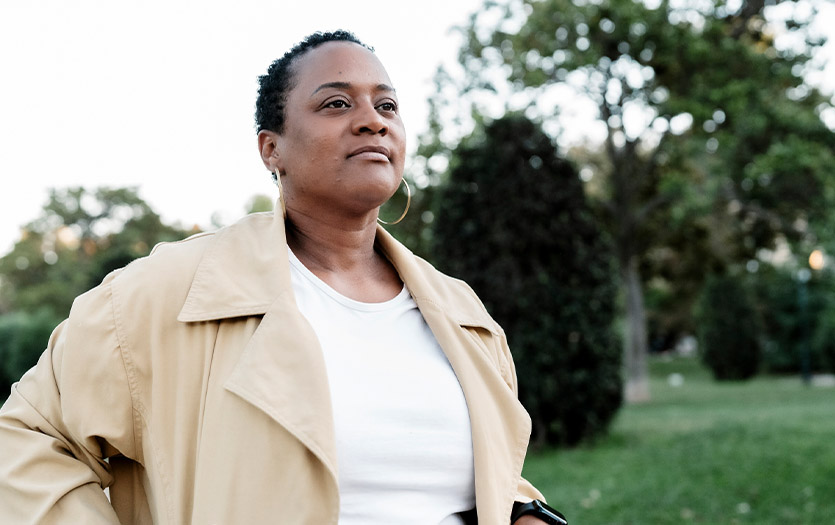 Does your menstrual cycle inspire you to investigate stock options in feminine products? Is your lifestyle dominated by your monthly cycle?
Does your menstrual cycle inspire you to investigate stock options in feminine products? Is your lifestyle dominated by your monthly cycle?
If you answered "yes," you may have a fibroid. Fibroids are muscular tumors that grow in the wall of the uterus (womb). Another medical term for fibroids is "leiomyoma" (leye-oh-meye-OH-muh) or just "myoma". Fibroids are almost always benign (not cancerous). Fibroids can grow as a single tumor, or there can be many of them in the uterus. They can be as small as an apple seed or as big as a grapefruit. In unusual cases they can become very large.*
This blog entry was inspired by my daughter, Heather, who wrote this letter to me:
Dear Mom:
In February, I had a myosure procedure to remove a pretty large fibroid from my uterus.
Today was my three-month checkup appointment. Part one was finding that I was anemic – AGAIN. No surprise there, really, given the period I was still having. The second part was an ultrasound. The tech marked my cervix with a few mouse clicks, then the left and right side of my uterus, more mouse clicks, she marked my tubes, and then she took another picture and typed out: F.I.B.R.O.I.D.?
LOL. Seriously, I couldn't help laughing. A few minutes later I'm dressed, and then undressed again for my yearly pap and a review of the ultrasound. My doctor comes in and says, "I don't know what to tell you. It's hard to believe and I've never seen anything like this, but another fibroid has grown back in the same place as the first, and is currently the same size as the one we removed. I can tell you what I would do if I were you – I'd have the hysterectomy."
I've gone from thinking it's hilarious, in a very weird way (my fibroids are high achievers – if you've got to be a fibroid, be the best darn fibroid you can be), to feeling very sad.
I don't want to have a hysterectomy. I hate going to hospitals, being in hospitals.
Leiomyoma Facts
Leiomyomas are benign smooth muscle growths that originate from the muscle of the uterus. The term fibroid stems from the fact that these benign growths contain collagen which creates a fibrous consistency. If you have been diagnosed with a leiomyoma, you represent the woman whose fibroids have become symptomatic. Most women with leiomyomas are asymptomatic. However, of the four most common symptoms women describe (bleeding, pain, pressure or infertility), bleeding is the most common symptom. Researchers have found that the bleeding associated with leiomyomas is likely due to pressure placed upon the uterine blood supply by the bulky nature of this benign growth.
- Subserosal leiomyomas grow outward.
- Intramural leiomyomas are centered within the muscular walls of the uterus.
- Submucosal leiomyomas are near the endometrium and grow toward the endometrial cavity of the uterus.
Leiomyomas and Estrogen
Uterine leiomyomas are considered estrogen- and progesterone-sensitive tumors. They develop during your reproductive years. Some risk factors include early menarche (first menstrual cycle), elevated body mass index, family history of fibroids, African-American race, and a history of polycystic ovary syndrome.
- If your leiomyoma is small, you may be a candidate for a procedure called a "uterine artery embolization" in which the blood supply to the leiomyoma is blocked.
- If you are interested in maintaining your fertility, a myomectomy may be an option.
- There are also medications which aid in decreasing the size of the uterus.
- The ultimate resolution for women with multiple leiomyomas is a hysterectomy.
Additional resources:
The Centers for Disease Control and Prevention (CDC) – Heavy Menstrual Bleeding
The American College of Obstetricians and Gynecologists (ACOG) – Frequently Asked Questions: Uterine Fibroids
*From Womenshealth.gov



